Look in any magazine or on any TV channel and you'll likely be bombarded with images of what you're "supposed" to look like. You know — super thin but at the same time with lots of curves.
Most of those images of women are digitally edited and altered, so even the women in the photos don't really look like that!
Still, being told you don't look "right" day in and day out can really take a toll on your self-esteem and sense of self-worth, and in extreme cases can even lead to destructive behavior like eating disorders.
Today, more and more women are becoming completely done with unrealistic beauty standards and are instead embracing themselves, and one another, at any size and shape.
And it turns out that if we look all the way back to the ancient days, when human civilization was just beginning to take form, people had a very different idea of feminine power and beauty than they do today.
They didn't consider women to be just decorative. Instead, they considered women to be the bringers of life and the ones who made the future of their families and clans possible.
They celebrated not only women's ability to have and care for children, but also the bodies that made it all possible.
We don't know much about how our distant ancestors, some of whom lived more than 50,000 years ago, or what exactly their intentions were when they created these figurines, which are known as "Venus figurines" in modern times.
But we can see that they celebrated a much different female form than the ones we see in magazines today.
[H/T: Amusing Planet]
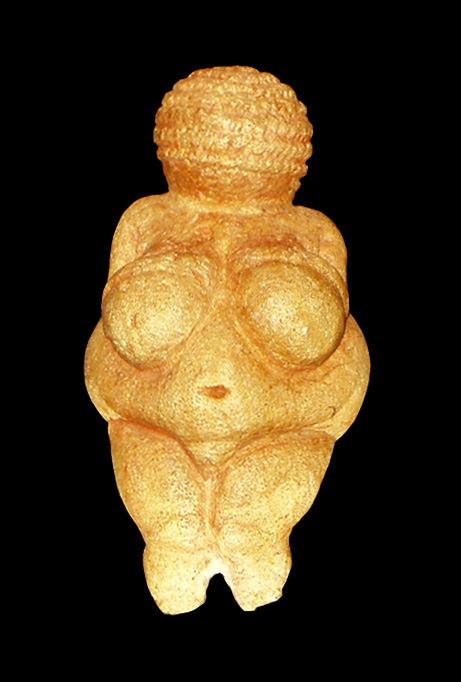
Little stone or ivory figurines dating back to the prehistoric days have been found all over Europe, the Middle East, and North Africa.
They're known as Venus figurines, but they don't actually represent the Roman goddess. It's just a term used because they're all female figures.
The most popular and well-known of these figurines is the Venus of Willendorf. Found in Austria, this little statue is about 25,000 years old.
Because of her prominent breasts and hips, most people think she's an embodiment of fertility and health.

But these Venuses have been found all over.
The images of women vary, but they all feature prominent female traits, and are believed to represent the way motherhood, fertility, and female health were valued by ancient people.
Some, like the Venus of Willendorf, are relatively detailed. Others, like the Venus of Tan Tan, are very simple.

The most amazing (and disputed) is the Venus of Berekhat Ram, which is estimated to be anywhere from 230,000 to 700,000 years old.
Some researchers think this little stone, which is only about an inch long, was carved by Homo erectus, an ancient ancestor of humans and the first human-like creature to walk upright.
They think this might be one of the earliest examples of artwork.
However, others maintain it's simply a stone that eroded down into a vaguely human shape.
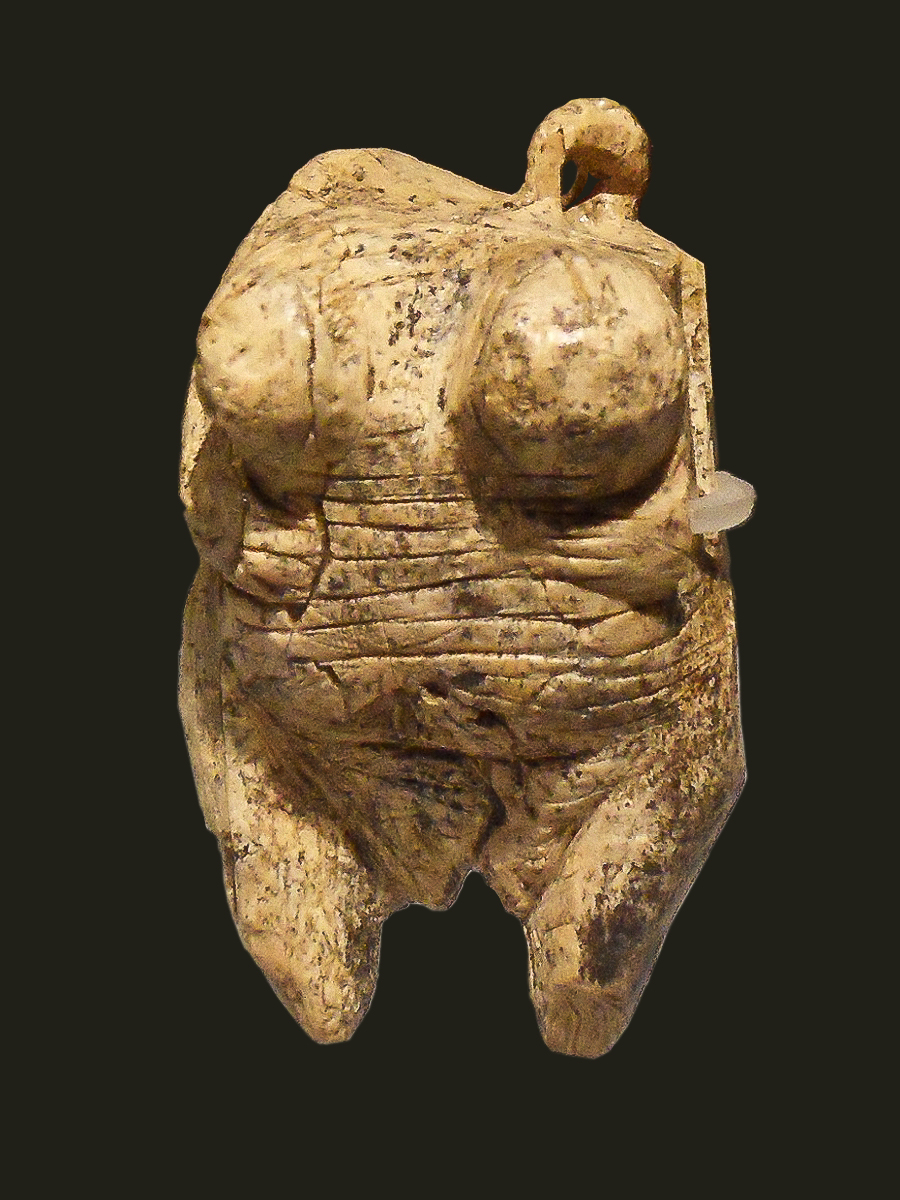
The figurines were probably not intended to represent actual, individual people, but rather the idea of woman- and motherhood. Many of them lack faces or even heads.
This one, which was carved from a wooly mammoth tusk, has a carved loop instead of a head, which might mean it was worn as an amulet.
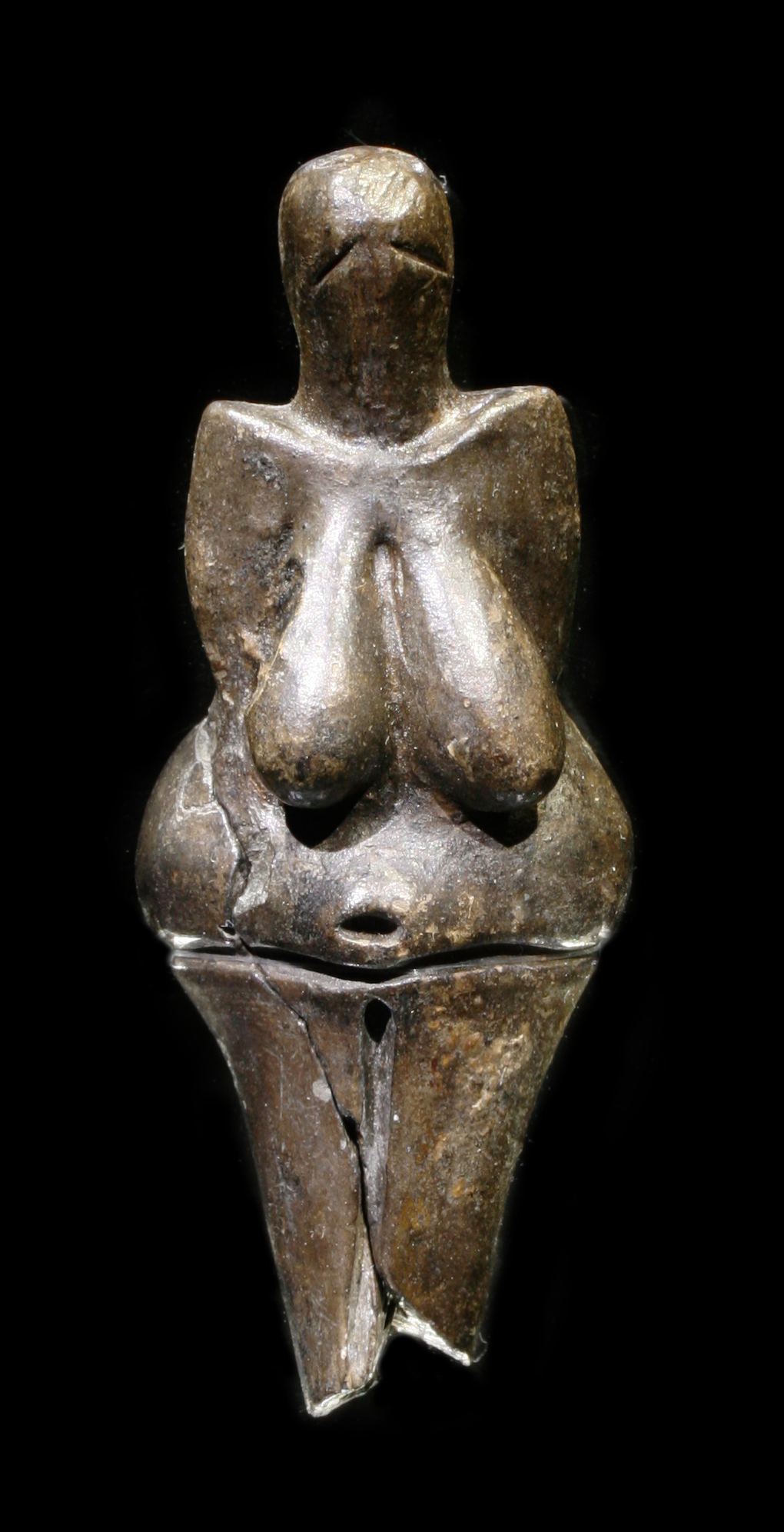
The figurines suggest a type of idealized beauty, with a full figure and lots of curves being prized, but anthropologists say it goes even deeper than just beauty.
They see these figurines as symbols for people's hope to survive and have healthy families.
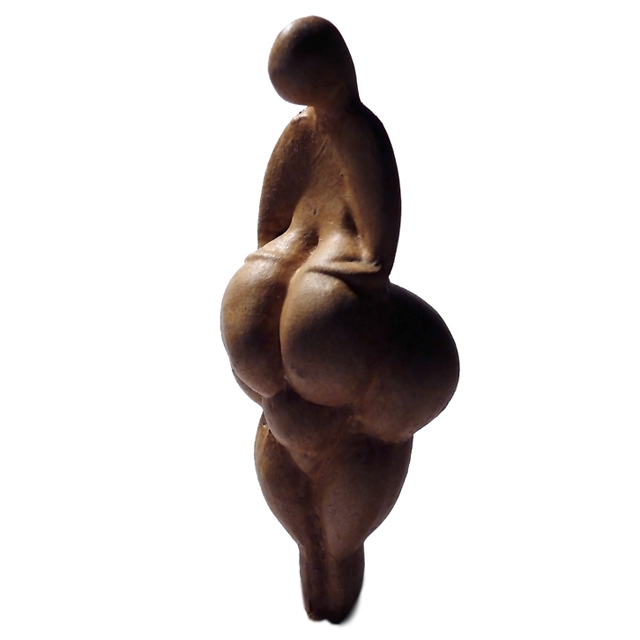
During the time these were made, humans were still hunter-gatherers, and life was tough and precarious. These figures represented their hope for survival.
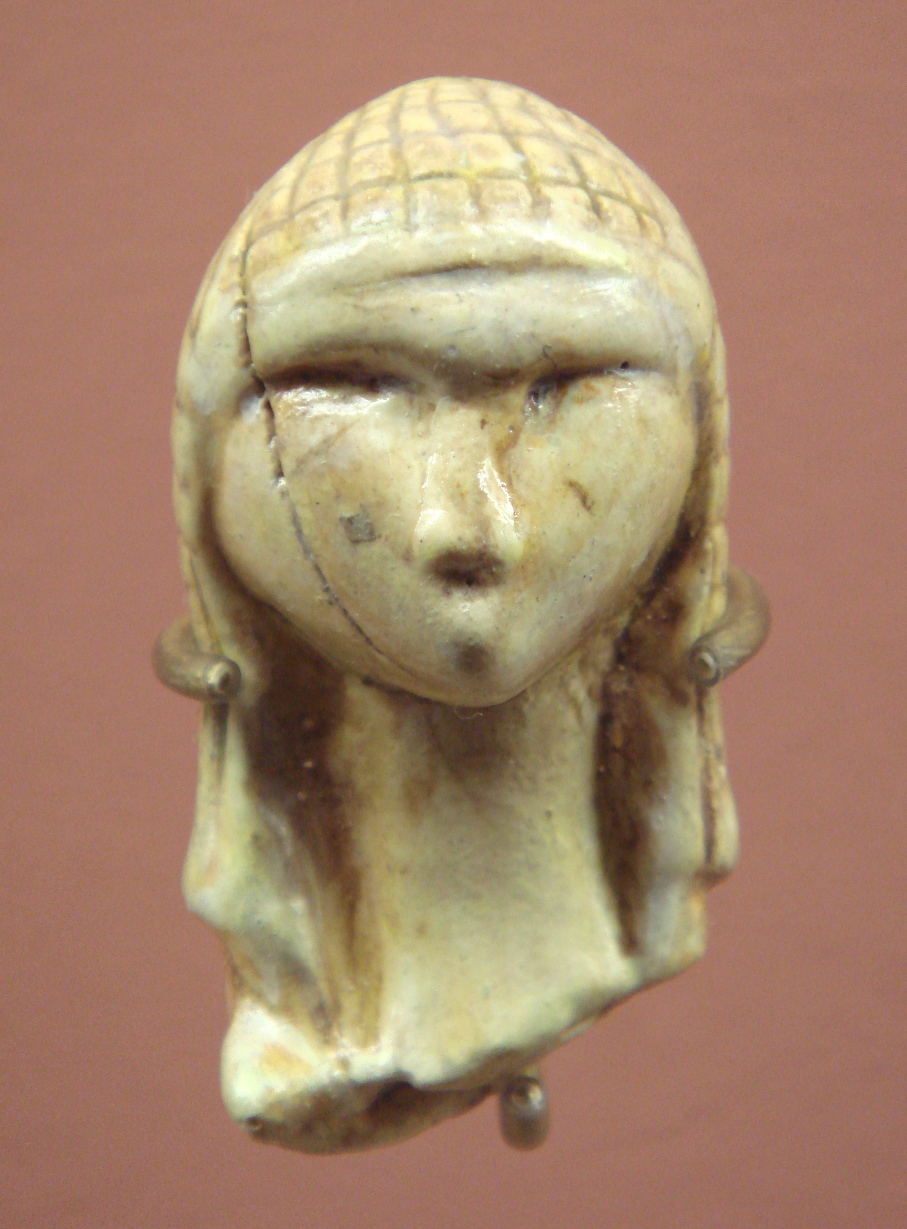
There is one figure that might be a portrait, though.
The Venus of Brassempouy has a carefully carved face, and a checkered pattern on the head that might be hair or a head covering.
We still don't know the exact meaning of these figures. They were created by different people in different times and places, so they likely had slightly different stories.
Some people think they represent deities, while others think they might be self-representations carved by women. But we may never know the real answers.
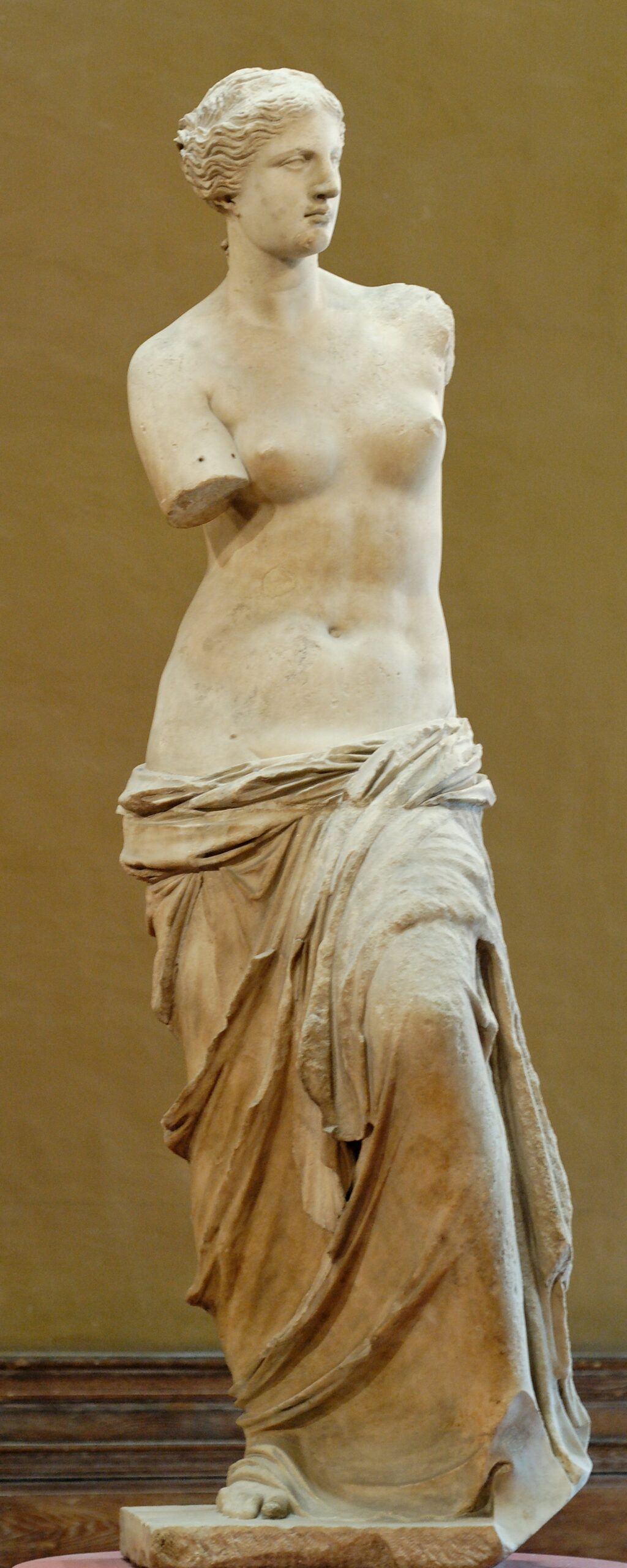
The tradition of creating images of humans, especially humans thought to be beautiful, carried on through the millennia, and we're still creating art today.
What do you think of these ancient ladies? Are they celebrations of female strength, or just another beauty standard?
Let us know in the comments, and SHARE this amazing piece of history with anyone who's tired of ridiculously airbrushed photos.




